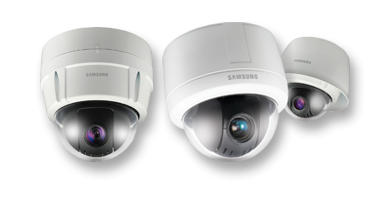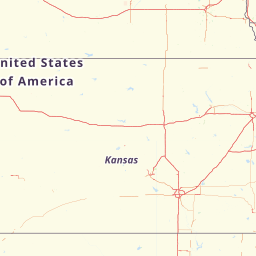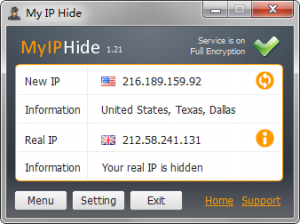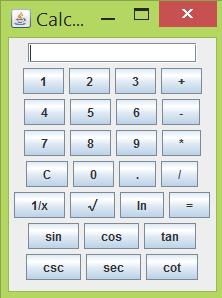CCTV or Closed Circuit Television, public television broadcasting is open to anyone, CCTV image is only accessible to those involved in a particular CCTV circuit. This system is an important part of protecting objects and can also track the movement of people, vehicles, and possibly various technological processes. The camera system is used to monitor outdoor areas and places inside buildings, the PTZ Camera can consist of many types of cameras, from static to rotary (PTZ), the system can operate in automatic mode or be controlled by, e.g., a security guard. Get the smartest options for the ราคากล้องวงจรปิด now.

You can also see the concept of industrial cameras or industrial TV, which predominantly reflects the original use of CCTV cameras for industrial applications. Over time, the system has been used in education, healthcare, traffic monitoring, and many more. They found their application in securing various objects, so we can find other terms like security cameras or security cameras.
Cameras currently use a CCD chip in color or black and white. They are also available in various designs: standard CS-threaded cameras for interchangeable lenses, compact cameras with built-in lenses, dome-cameras for ceiling mounting, etc. Speed-dome cameras can be used for active-service camera systems. They are actually dome-cameras with the possibility of remote rotation, zooming, and control using a special keyboard.
Important camera parameters
- Resolution
The best-known parameter for camera image quality measurement is the so-called TVL (TVL, TV) line that is used as a horizontal resolution value.
- Sensitivity
Indicates under which minimum light conditions the camera chip is capable of capturing images. It is given in Lux units with a defined lens aperture.
- Standard sensitivity typically 0.1 Lux for b / w cameras, 1 Lux for color cameras. It is suitable for common applications in daylight or artificial lighting of sufficient intensity shops, production halls, warehouses, offices, etc.
- High sensitivity ultra-sensitive cameras, LOW LUX – up to 0.001 Lux for b / w cameras, approx. 0.01 Lux for color cameras. These cameras are suitable for shooting at dusk, at night under artificial street lighting, under the moonlight, etc. From this comparison, it is apparent that b / w cameras have a higher sensitivity and are more suitable for shooting in low light conditions.
- DAY or NIGHT Cameras combine the benefits of color and color cameras. The sensing chip operates under sufficient light conditions day in color mode. When lighting falls below a certain level about 1 Lux, the camera switches to b / w mode and operates as b / w ultra-sensitive camera with sensitivity up to 0.001 Lux night. When the light intensity increases (morning), it switches back to color mode. These cameras are mainly used for continuous monitoring of outdoor areas, e.g. city camera systems, etc. In addition, in black and white mode, IR illumination is very problematic.
These are the aspects that you can term as the best, and that is the reason that you will have to be specific on that note. The result is very much visible.






